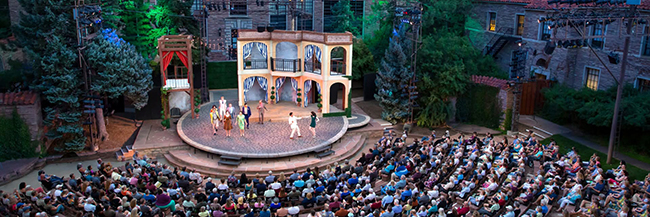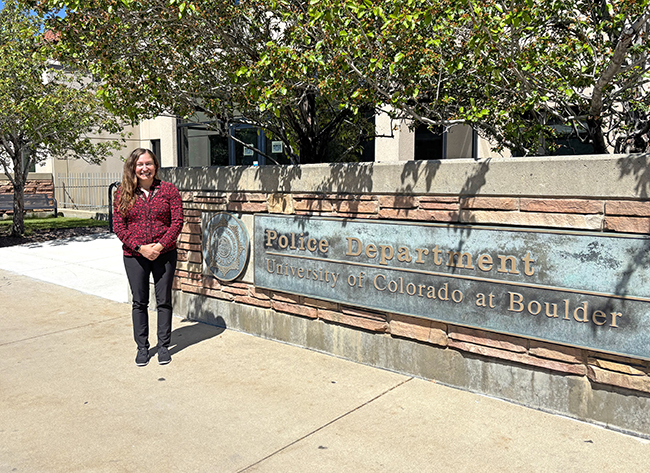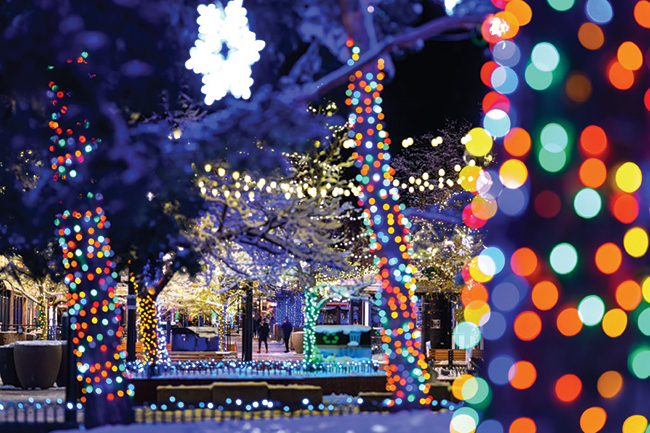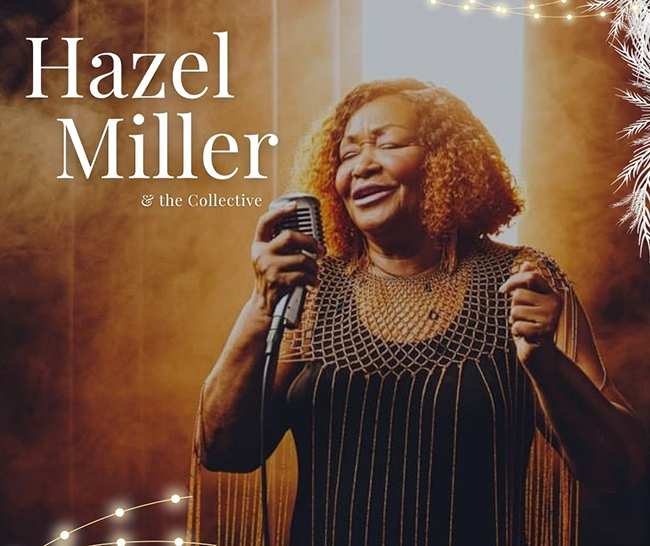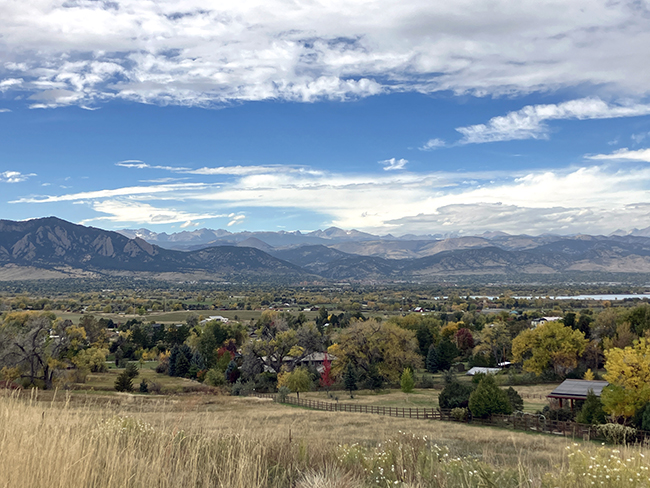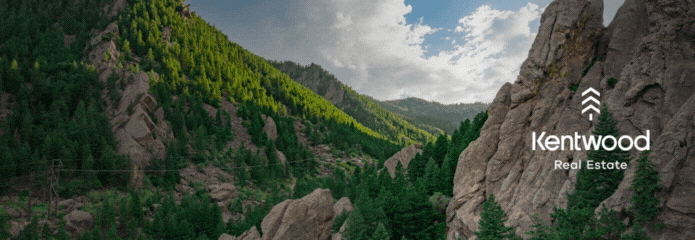Stretching the Story
05 Aug 2025
Through decades of relocation and reinvention, the Longmont Museum remains rooted in its mission to serve Boulder County’s evolving cultural landscape
By Matt Maenpaa
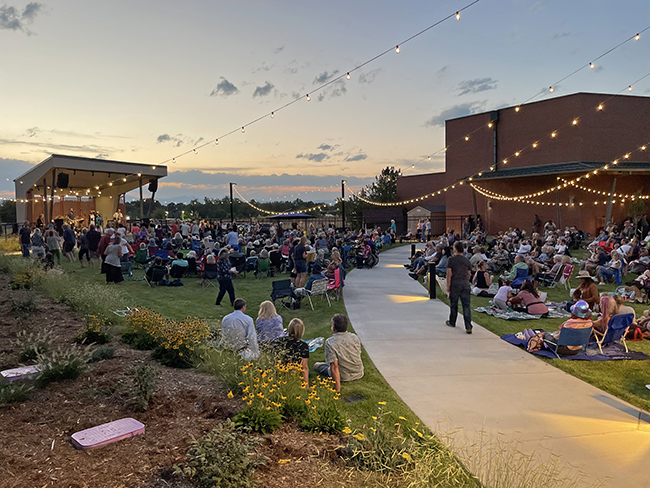
Boulder County boasts several museums dedicated to preserving our collective community history, and the Longmont Museum is not to be overlooked for its dedication and evolution. It began in 1940 in the carriage house of the Callahan House before moving to the basement of the Memorial Building in Roosevelt Park in 1954. Though once a private collection, the city took ownership in 1970 and relocated it to a converted garage and then to a city warehouse a few years later. It wasn’t until 2002 that it relocated to its stately location on Quail Road, and it has continued to grow since then.
The galleries inside the museum have hosted a diverse range of offerings, including national touring art shows, hands-on educational exhibits, and critical cultural conversations. Works from Ansel Adams and Pablo Picasso have found temporary residence, while other exhibits devoted to the history and science of building houses or a diligent exploration of Longmont’s 150-year history, find a shared stage for unfolding stories within the walls of the museum. However, those walls are bursting at the seams to offer even more to visitors.
The museum is renovating and expanding the feature gallery, which housed a visual timeline of life on the Front Range, to accommodate significantly more exhibits and larger traveling exhibits. A new children’s gallery will provide ample space for kids to learn and play, and the lobby will be enhanced for size and accessibility.
“It’s going to allow us to serve children and adults simultaneously. In the past, we’ve had to bounce back and forth with say, having LEGO and then changing over to Picasso,” says museum communications and marketing specialist Joan Harrold. “Those aren’t necessarily something both audiences are interested in in the same way. In the future, we’ll be able to have something for everyone.”
Once the facilities are completed, a temporary local history installation will draw inspiration from the 150th anniversary exhibit, according to Erik Mason, museum director. Expanding on stories from local Indigenous cultures and highlighting the region’s rich cultural histories will be a driving focus moving forward. Mason and the museum staff are hard at work on a permanent installation, hopefully with a more modular and interactive design that still reflects the themes and experiences of all people living here.
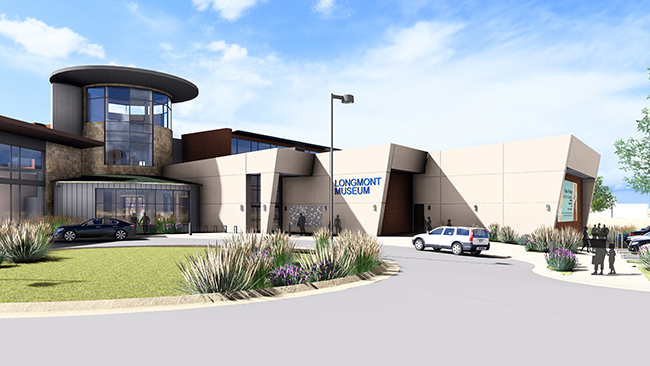
“This is a community effort, and we want to make sure the community sees themselves in the museum in many ways, from contributions to the exhibitions and programs,” Mason says. “We’re working with folks from CU Boulder and Native American consultants so that we can tell the most comprehensive story we can.”
Renovations are expected to be completed in the fall of 2026, according to Harrold, and the new galleries will open with an installation featuring the work and history of Frida Kahlo. Also debuting will be the new children’s gallery, making use of the museum’s verticality and natural light. Local textile artists are making a fantastical flying creature to feature in the space, while climbing structures encourage movement and physicality.
“We’ve had our TreeHouses exhibit for a long time, and it’s fun, but it’s a very small space,” Mason says. “This new space will be three times the size and truly designed around the idea of children’s imagination and play.”
Once the galleries reopen, the possibilities are endless. More space will mean more opportunities for local artists to showcase their work and more stories to be shared, past and present. In the interim, however, all the other programs and events the museum offers will continue.
Between the newly expanded inner courtyard and the Stewart Auditorium, the museum hosts a variety of events, including live music of all genres, dance recitals, political debates and film screenings, which regularly fill the schedule. Educational programs and adventures await the younger audience as well, with summer camps, Discovery Days and regular hands-on activities.
There are also movie nights, featuring a range of cinema classics to modern documentaries, as well as concerts and lectures. While the weather is still pleasant, the museum also hosts regular Thursday events in the expanded courtyard, featuring musicians from around the world.
Events aren’t just contained to the museum campus either. October heralds the 25th anniversary of Longmont’s Día de Muertos, including a street festival and altars on display in the museum to honor our community’s Latino heritage.
For more information on the programs and concert schedules at the Longmont Museum and Cultural Center, visit longmontcolorado.gov/museum or stop by in person at 400 Quail Road in Longmont.

